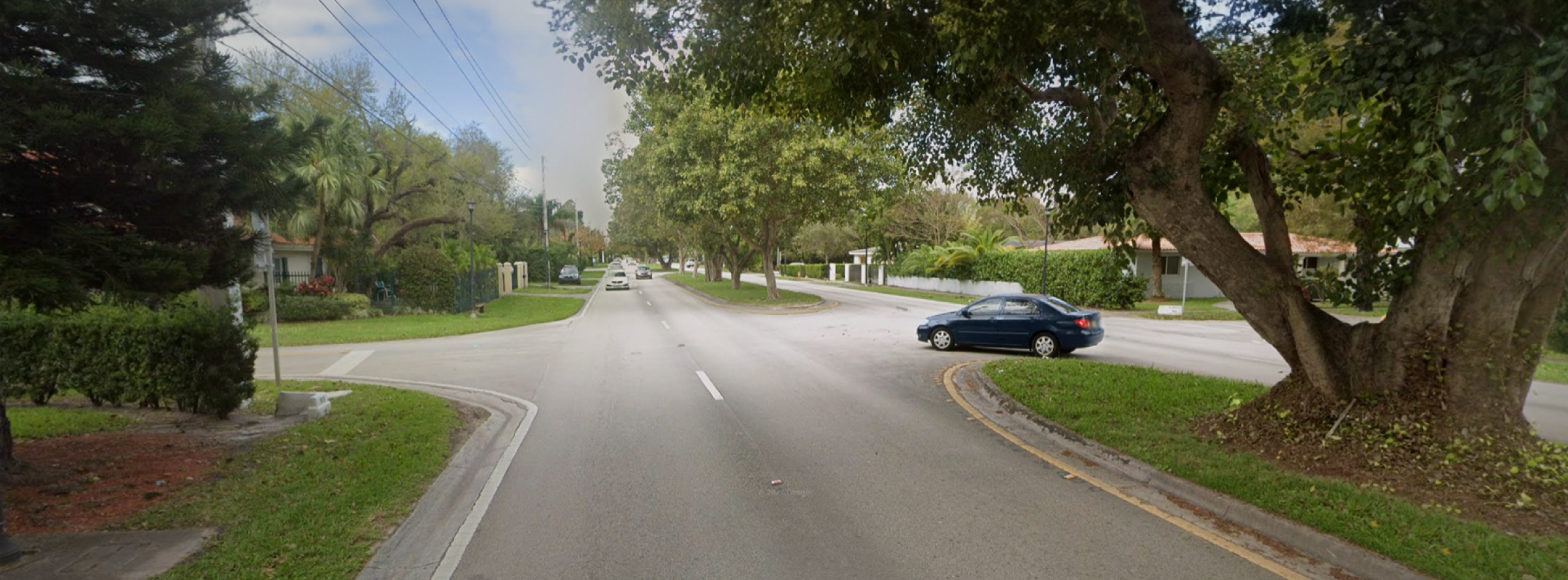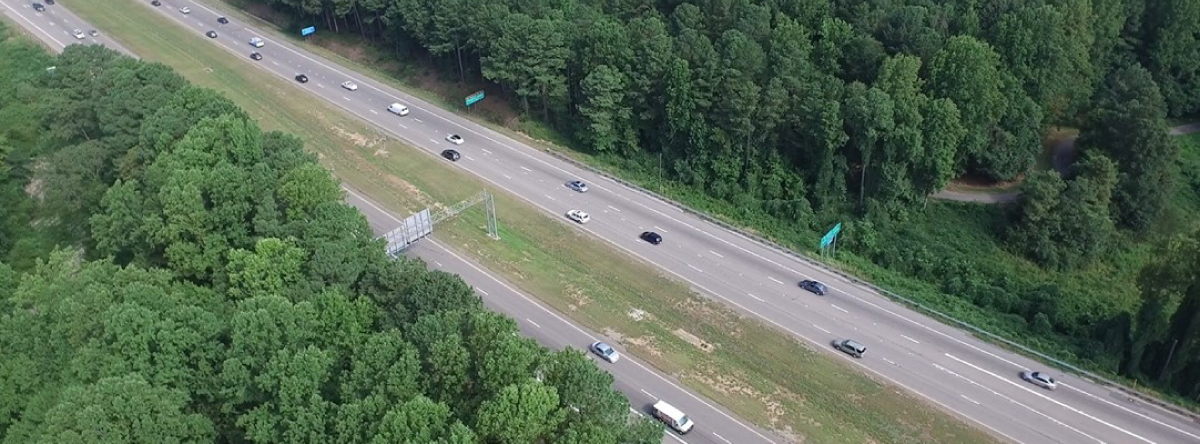The 7th Edition of the Highway Capacity Manual from a Practitioners’ Perspective
Two-lane highways are a critical component of the US transportation system, providing connections between rural and urban areas and the Interstate Highway System.
The upcoming release of the Highway Capacity Manual (HCM) will include a new methodological framework to analyze the quality of service of two-lane highways, based on the research project NCHRP 17-65 – Improved Analysis of Two-Lane Highway Capacity and Operational Performance. This project was approved by the TRB Committee on Highway Capacity and Quality of Service (ACP40) in 2019 for inclusion in the HCM. The pre-publication version of the chapter is available at hcmvolume4.org.
This article highlights the major changes in the new methodology (2022 methodology) compared to the current method published in the 6th Edition of HCM (2016 methodology).
New Service Measure – Follower Density
The 2022 methodology introduces a new service measure called Follower Density. It is described as “the number of vehicles in a follower state per mile per lane.” In this context, a “follower” vehicle is defined by a headway equal to or less than 2.5s.
Another change to the methodology is the removal of highway classifications (Class I, Class II, and Class III), which would determine the appropriate service measures in the 2016 methodology. With the new methods, Follower Density will always be the service measure for all two-lane highway configurations.
This change overcame issues with the Percent Time Spent Following (PTSF) performance measure in 2016, which couldn’t be directly measured in the field.

Other performance measures included in the methodology are:
- Average Speed: average spot speed at the endpoint of the segment
- Percent Followers: count of followers vehicles divided by the total number of vehicles
Sensitivity to Horizontal Curvature
The 2022 methodology can now address horizontal curvature elements for more accurate estimations of speed. A segment can be divided into sub-segments, classified as tangent or curve – for the latter, different horizontal curve classification groups are established based on curve radius (ft) and superelevation (%).
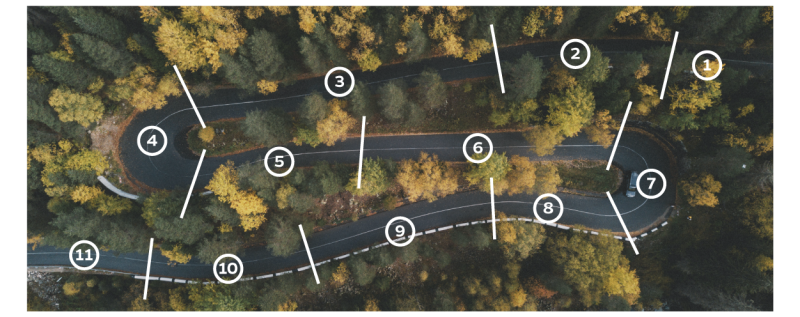
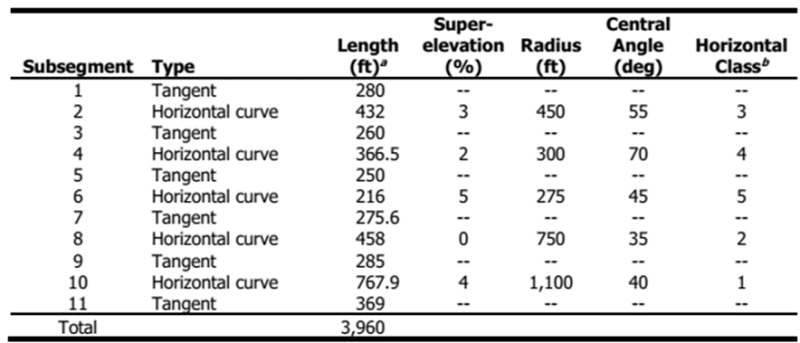 HCM Exhibit 26-23 – Sample Horizontal Curve Inputs
HCM Exhibit 26-23 – Sample Horizontal Curve Inputs
Facility Analysis and Segmentation
The 2022 methodology allows the analysis of three different segment types, which can be aggregated into a facility-level analysis:
- Passing Zone: passing is permitted
- Passing Constrained: passing is prohibited
- Passing Lane: a second lane is added to a given direction of travel, allowing vehicles to pass without going into the opposite direction lane
The 2016 methodology required the user to provide the % of no-passing zones and the length of any passing lanes within the segment as variables instead of directly modeling each segment type.
 Two-Lane Highways Segmentation Framework
Two-Lane Highways Segmentation Framework
Free-Flow Speed (FFS) Estimation based on Posted Speed Limit
The 2022 methodology redesigned the equations to estimate free-flow speed when field measurements are not available, using the posted speed limit as an input. The previous 2016 methodology relied on an equation where the analyst needed to input a base free-flow speed, with little guidance on estimating such input. The new approach is consistent with other Uninterrupted Flow methods in the HCM (freeways and multilane highways).
Analysis of 2+1 (Super 2) Sections
A Super 2 Highway, also called “2+1 Highway”, is a two-lane highway configuration with a continuous three-lane cross-section, with the middle lane being a passing lane that alternates direction. The new 2022 methodology also includes equations to measure the performance of this highway type.
HCS Implementation
The new Two-Lane Highways Methodology is fully implemented in Highway Capacity Software (HCS) and is already available in the current release.
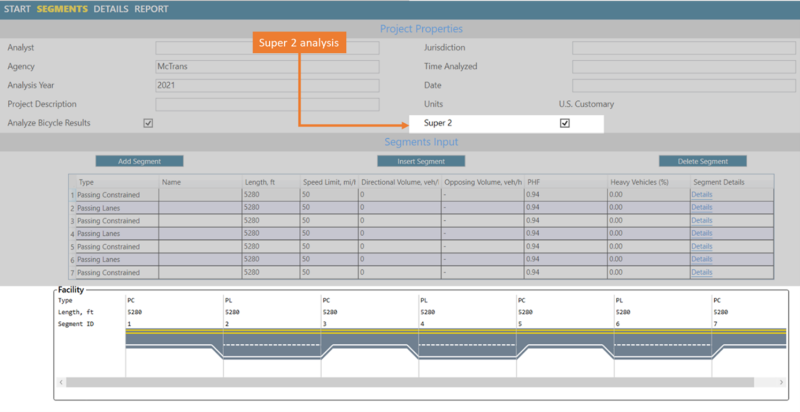 Super 2 Analysis Checkbox in the HCS User Interface
Super 2 Analysis Checkbox in the HCS User Interface


